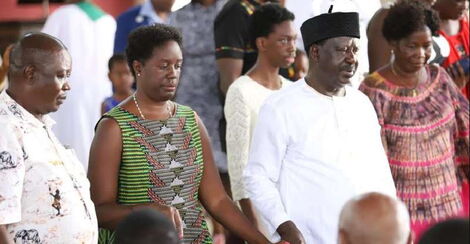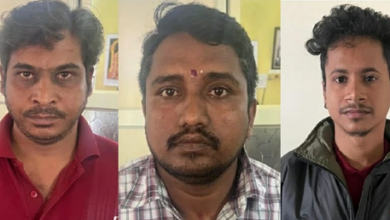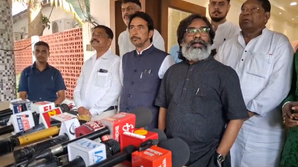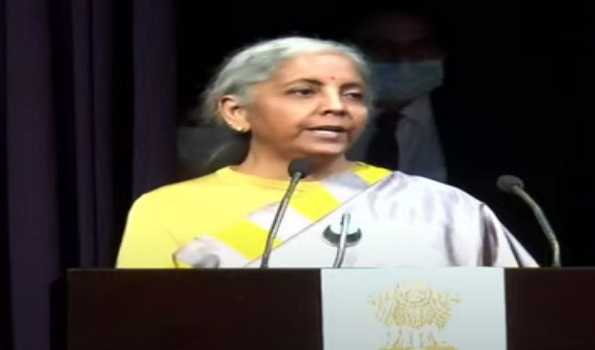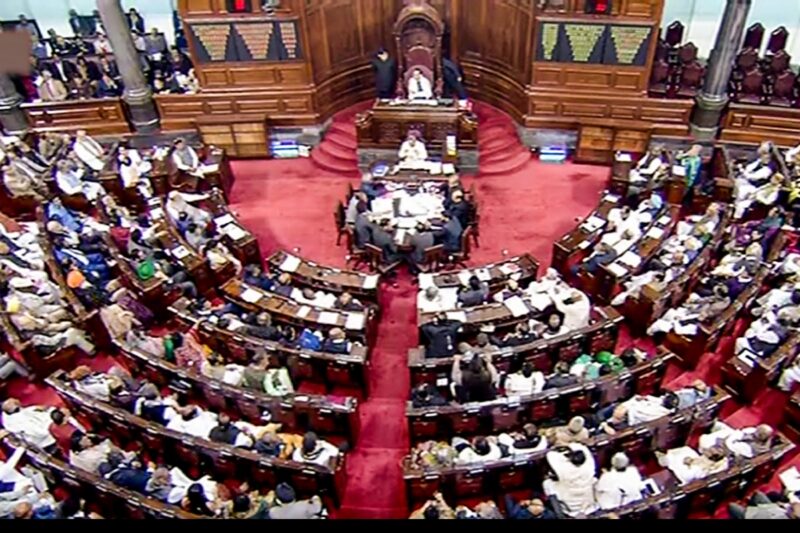Rose Mary Is Living, Not Existing Only, Miracle Of ‘Shreedhareeyam’
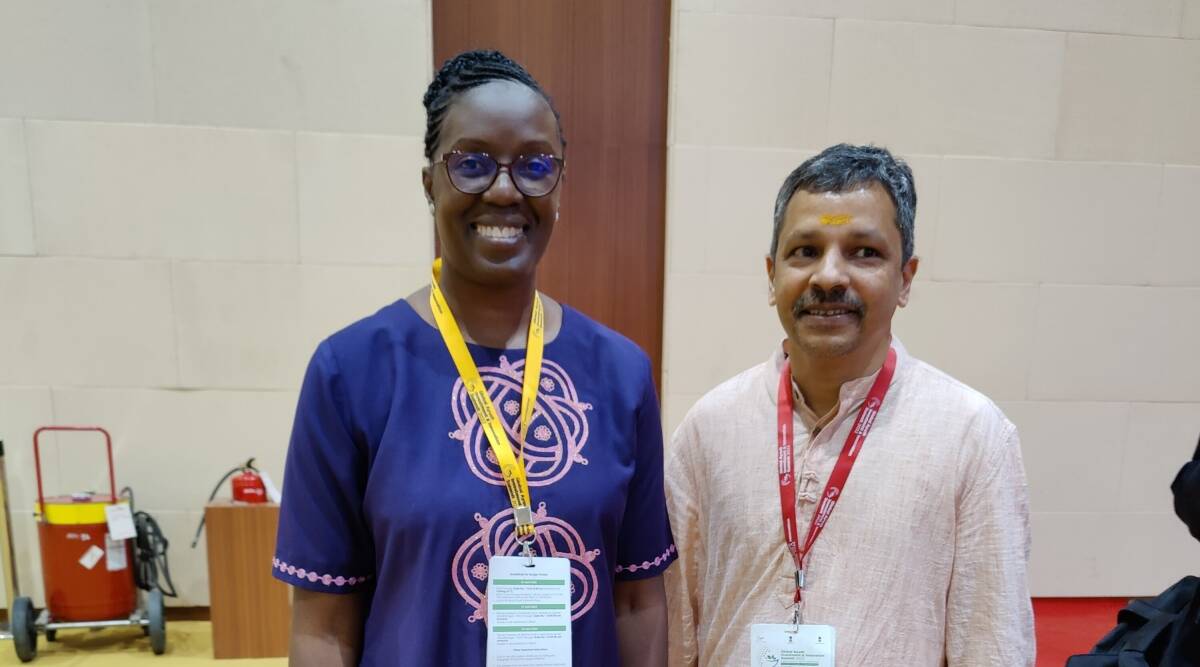
By D N Singh
It may sound a bit too much but, the strides made by the Indian Ayurveda have become far more than said. Here is a case where the miracle of the above science played the part.
It may have been one of many but, it is a significant one in discussion.
Rose Mary, the young lady from Kenya, suffered from blindness in 2017. The reason was stress which led to a tumor affecting her optical nerves and became blind.
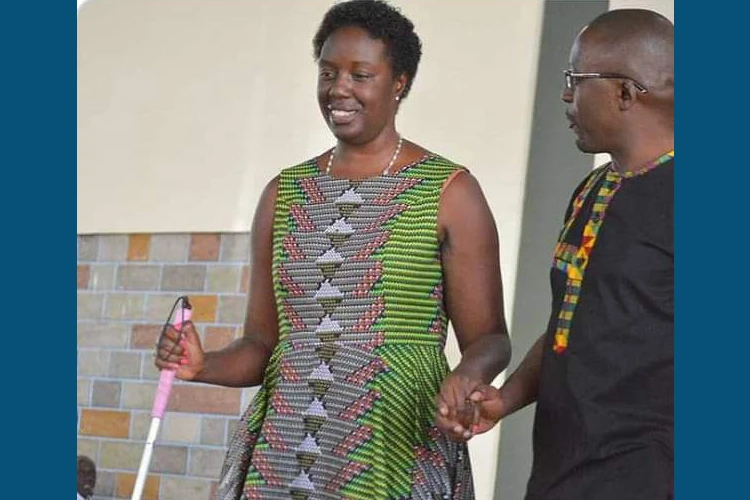
Mary, the daughter of the former Prime Minister of Kenya, is, in fact, an entrepreneur and activist. Who was active in the societal fields for long.
Suddenly she lost her eyesight for the above reason and travelled to far off places like South Africa, China and Israel for the treatment but it were all disappointment those came her way.
Somehow, her father came to know about the impact of the Kerala based Ayurvedic institution called Shreedhareeyam and Rose Mary headed for India to reach her destination in Kerala.
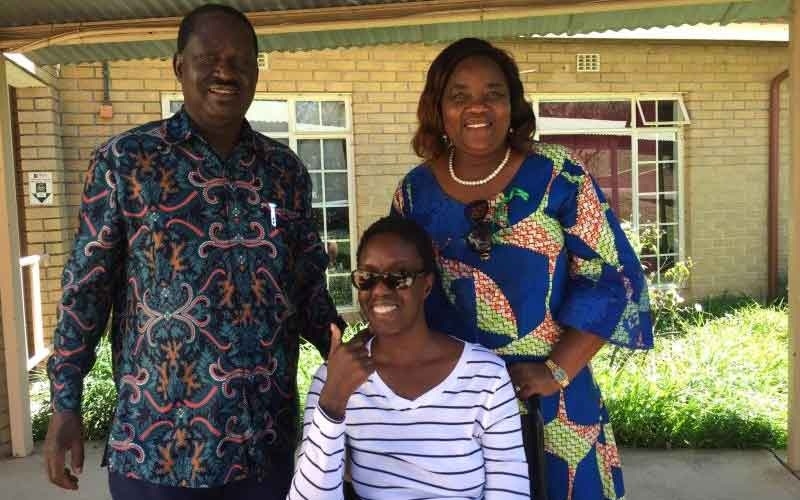
Then she had a tryst with good luck.
Constant treatment at Shreedhareeyam for three months did miracle. After three months the treatment the consulting doctor asked Mary ‘ are you still visionless?’
Mary was asked to go for an eye test there. After the test when the doctor removed her goggles Mary ecstatic with joy. She was able to see the doctor, the hospital and the flowers out there.
Mary was spellbound and she recalled her old days when she used to say, “ I am existing only, not living”.
But, that day she started to relive her life and saw what she once used to feel. Then she rushed back to Kenya with a basket load of joy and hopes.
Now, again Mary has come to Kerala and is under the follow up treatments and now she says “ I am living , yes”.

